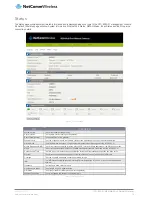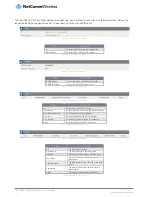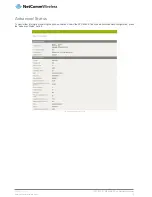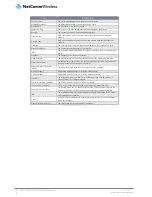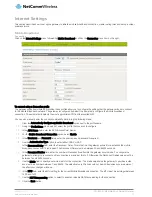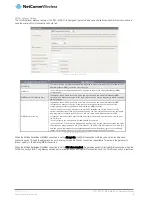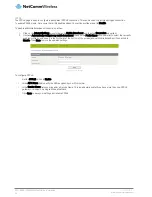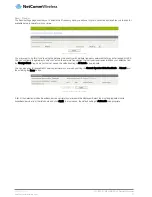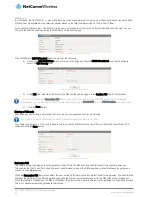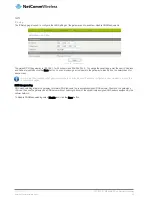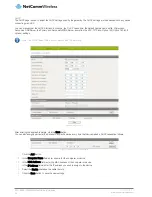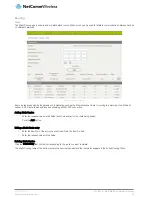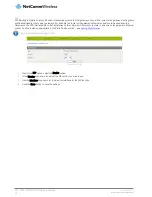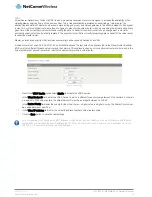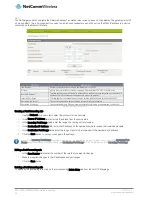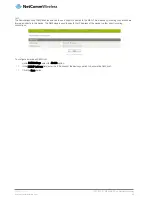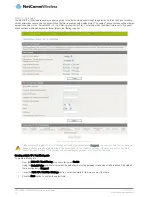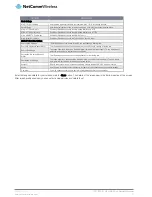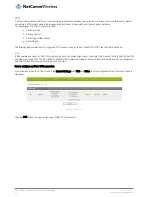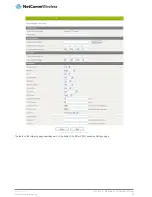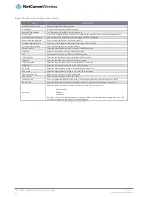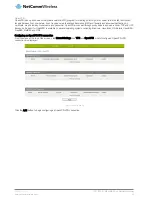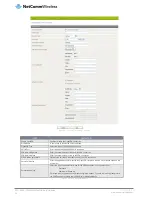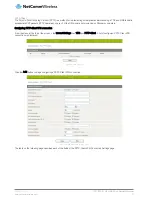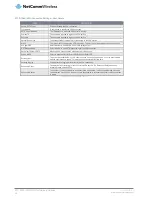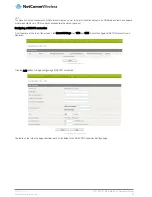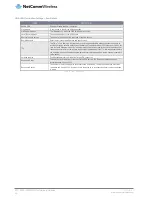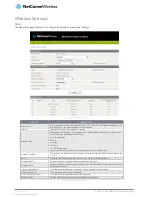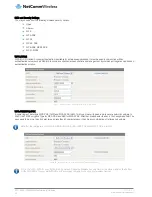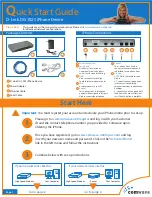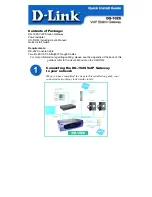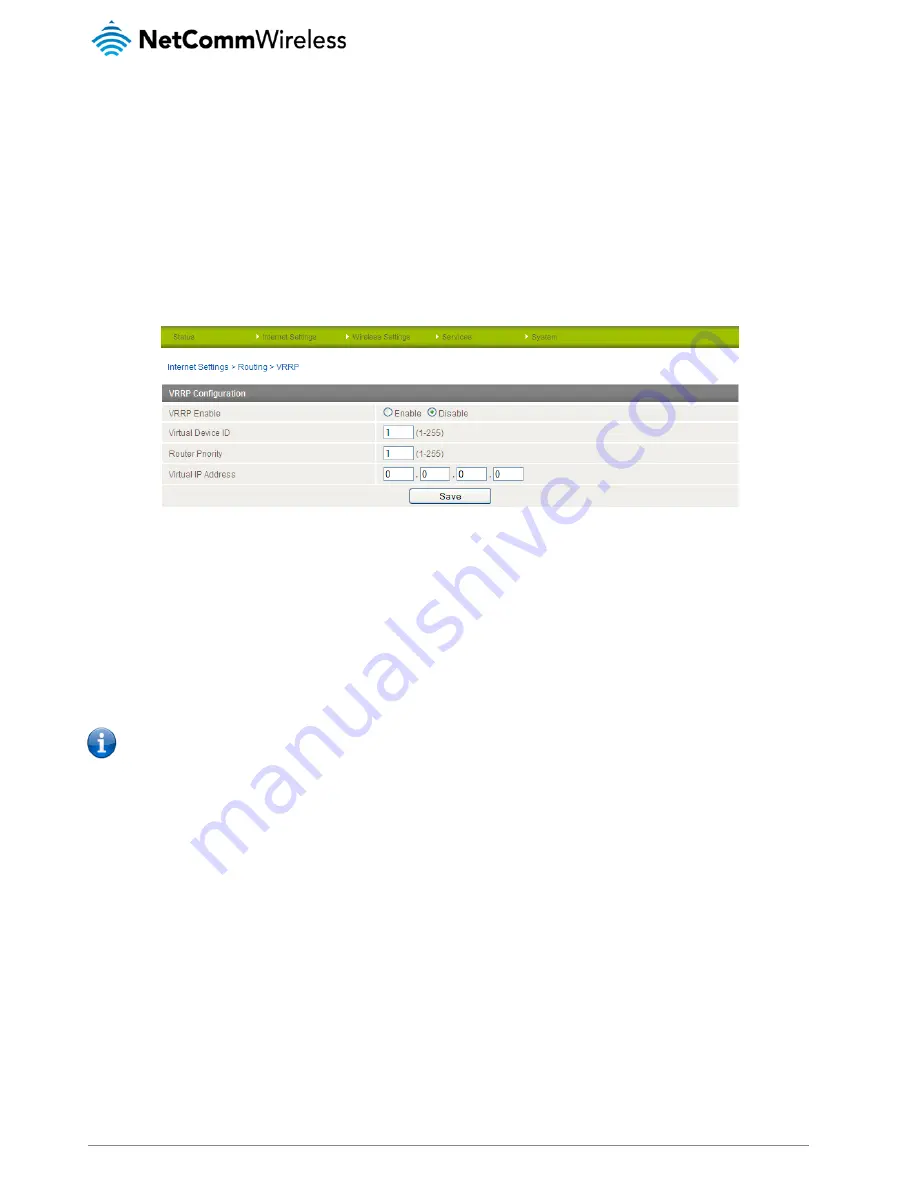
UM-00006 v1.1
www.netcommwireless.com
NTC-8000 – M2M Multi-Port Network Gateway
27
VRRP
Virtual Router Redundancy Protocol (VRRP) is a non-proprietary redundancy protocol designed to increase the availability of the
default gateway servicing hosts on the same subnet. This increased reliability is achieved by advertising a “virtual router” (an
abstract representation of master and backup routers acting as a group) as a default gateway to the host(s) instead of one physical
router. Two or more physical routers are then configured to stand for the virtual router, with only one doing the actual routing at any
given time. If the current physical router that is routing the data on behalf of the virtual router fails, an arrangement is made for
another physical router to automatically replace it. The physical router that is currently forwarding data on behalf of the virtual router
is called the master router.
Master routers have a priority of 255 and backup router(s) can have priority between 1 and 254.
A virtual router must use 00-00-5E-00-01-XX as its (MAC) address. The last byte of the address (XX) is the Virtual Router Identifier
(VRID), which is different for each virtual router in the network. This address is used by only one physical router at a time, and is the
only way that other physical routers can identify the master router within a virtual router.
Figure 24 - VRRP Settings
1.
Next to the VRRP Enable option select Enable to activate the VRRP service.
2.
In the Virtual Device ID field, enter the VRRP Device ID which is different for each virtual gateway on the network. As there is
a maximum of 255 virtual routers, the Virtual Device ID must be an integer between 1 and 255.
3.
In the Router Priority field enter the priority for the virtual router – a higher value is a higher priority. The Router Priority must
be a value between 1 and 255.
4.
In the Virtual IP Address field, enter the virtual IP address that both virtual routers share.
5.
Click the Save button to save the new settings.
Note: Configuring VRRP changes the MAC address of the Ethernet port and therefore if you want to resume with the web
configuration you must use the new IP address (VRRP IP) or on a command prompt type: arp –d <ip address> (i.e. arp –d
192.168.1.1) to clear the arp cache.(old MAC address).

